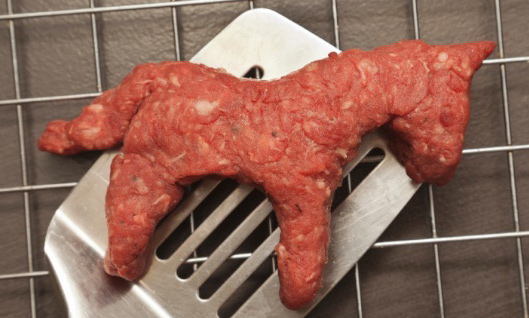You might have to train your taste buds to get used to horse meat soon, because FYI: The US government has approved the operation of horse meat slaughterhouses to produce meat for human consumption.
New Mexico, Missouri and Iowa are just some of the areas where horse meat plants are expected to be built. While horse meat, technically, can’t be legally sold in the United States for human consumption, it will still turn up in the US food supply because it can be sold in Mexico, then relabeled and shipped back to the USA as a low-cost meat filler. This is already been documented occurring in Europe, where meatballs sold in European grocery stores were found to be made with horse meat.
So, where do these horses come from? While horse meat slaughter houses were banned during the Bush administration, the ban expired in 2011 under Pres. Obama’s watch, thereby allowing horse meat slaughterhouses to restart operations. Reuters claims that around 130,000 horses are slaughtered each year in Canada and Mexico – and it seems the United States wants a huge chunk of that business as well.
Not so fun fact: Most horse meat comes from horse owners who decide to have their horses killed for a variety of reasons, such as illness, injury, or simply because they cannot afford to keep their horses fed and cared for anymore. Many of these owners sell their horses to slaughter houses for an incredibly low amount. Yes, you read that right: They allow strangers to haul their horses away to a meatpacking plant, only to be slaughtered mercilessly around several other screaming horses.
Do keep all this in mind the next time you consider buying a horse for your family. Raising one requires a tremendous amount of effort, to be a responsible horse owner. Don’t let your pet gets slaughtered once you get tired of it – because if you do, and might eventually end up on your plate the next time you purchase the meatballs for your spaghetti.

